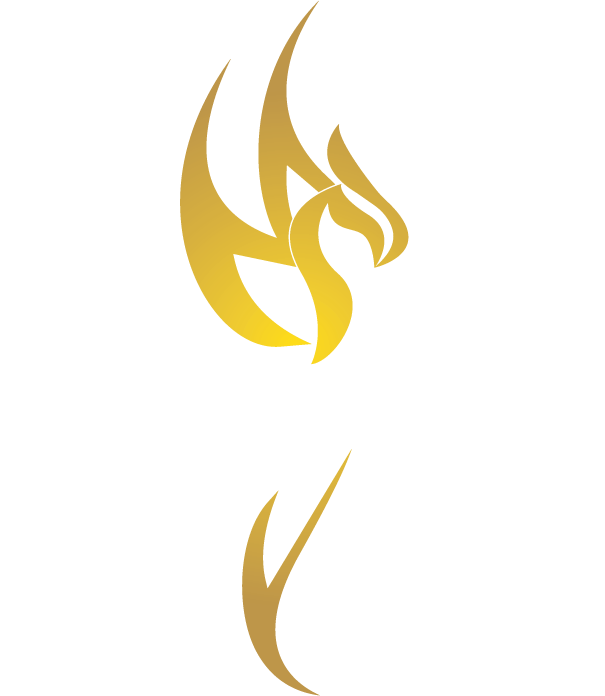When planning for retirement you can become overwhelmed with the options available. Don’t let this put off planning for your retirement though. It’s important to begin saving for retirement as soon as possible. Even small deposits make a big difference over a long period of time. Here we will help break down the basics of three common retirement savings options so you can get to saving for your retirement right away.
1. IRA
IRAs are individual retirement accounts that allow you to save for retirement while enjoying certain tax benefits. When you contribute money to your IRA account, this is tax-deductible. This means that the amount you contribute reduces your taxable income. IRA earnings are also tax-deferred, meaning you do not pay taxes on earnings until you withdraw the funds during retirement. So, if you contribute to an IRA account now, you will pay less income tax. However, you will pay taxes on the funds when you withdraw them during retirement. The maximum yearly contribution to IRA accounts for individuals in 2023 is $6,500, and individuals over age 50 can make catch-up contributions up to $1,000 ($7,500 total.) For 2024, these limits increase to $7,000 and $8,000 respectively.
2. Roth IRA
A Roth IRA is another option for a retirement savings account. Similar to an IRA, your yearly maximum contribution amount for 2023 is $6,500 with catch-up contributions up to $1,000 ($7,500 total) for individuals over 50. For 2024, these limits increase to $7,000 and $8,000.
Roth IRA contributions are not tax-deductible. However, the benefit of a Roth IRA is that you do not pay taxes on earnings or when you withdraw your funds in retirement. Additionally, Roth IRA savings plans do not have required minimum distributions. This means that you can continue to contribute to the account as long as you wish.
3. 401K
401K retirement savings plans are dependent on employment, as they are offered by employers. You can make contributions to the plan through payroll deductions from your paycheck, and then your employer can make additional contributions. 401K contributions are tax-deferred, so you will not pay taxes until you withdraw the funds during retirement. One advantage of a 401K is that the contribution limit is much higher than IRA or Roth IRAs: In 2023 you can contribute up to $22,500 per year. This number will increase to $23,000 per year in 2024.
Planning for retirement is an important financial step you should take as soon as possible. If you are unsure where to begin and would like expert help to determine the best retirement plan for yourself, SHENIX® is perfect for you. We are happy to be a resource and partner as you prepare for retirement.
Reach out to SHENIX® for financial advice and assistance. You can download the SHENIX app for iOS or Android devices to have SHENIX resources at your fingertips every day.


